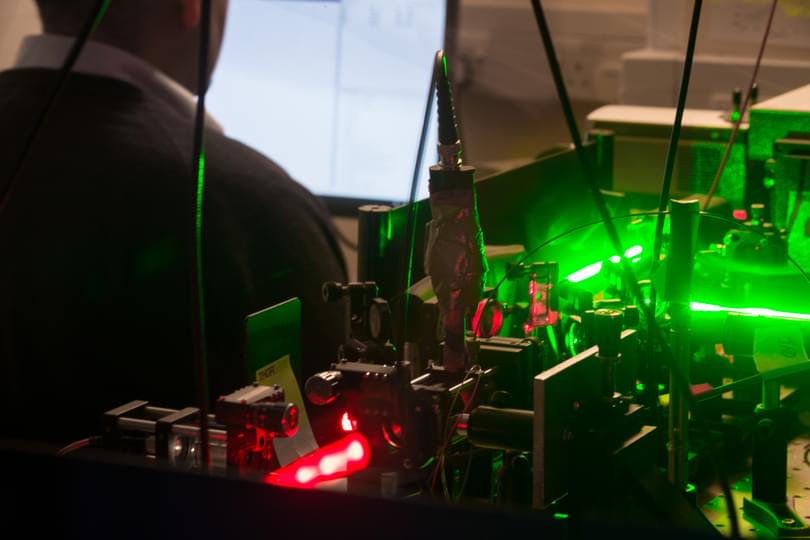
Physicists investigating quantum properties in natural organisms have shown for the first time that bacteria could support a phenomenon called quantum ‘entanglement’ - where particles display related behaviour, despite being separated by distance - in living systems.
Pioneers of quantum theory such as Nils Bohr dismissed the possibility of demonstrating entanglement taking place in a living organism.
The Oxford Martin Programme on Bio-Inspired Quantum Technologies set out to probe whether extremely rapid yet complex processes in nature - such as photosynthesis - use a form of natural quantum computation.
Last month Tristan Farrow and Vlatko Vedral, researchers on the programme, together with colleagues Chiara Marletto and David Coles, reported in the Journal of Physics Communications the results of their model of a 2016 experiment using green sulphur bacteria.
Modelling the results of the experiment, they say, shows the effects of entanglement between the bacteria’s molecules and photons of light, which were ‘coupled’, or interacting, within a micron-sized optical microcavity.
“We want to know whether quantum physics plays a role in living organisms,” said Dr Farrow. "It is something that pioneers of quantum mechanics were divided over. This experiment is the closest anyone’s got to showing quantum entanglement within living systems”.
One of the main challenges facing the development of quantum computers is keeping particles cold enough so that their states can remain stable.
The next step, the researchers say, is to scale experiments up using large ‘arrays’ of cavities, effectively proving the feasibility of creating an organic quantum computer.
“Whereas a classical computer’s information is processed as noughts and ones, the bits in a quantum computer would exist in different states simultaneously,” said Dr Farrow. “It could solve problems that are too hard for classical computers.”
He continued: “A quantum computer is the Holy Grail of applied quantum physics but there are other potential developments along the way. Molecular amplifiers and transistors, for example, could be very different to the current state-of-the-art. They would be much more energy efficient, and cheaper to make.
“Hybrid computers which can boost classical performance are one of the most promising deliverables, and we could also be looking at applications such as single molecule spectroscopy, which could be used for monitoring food safety in an non-invasive way.”
- Read more about the research in Scientific American
- Read the full paper in the Journal of Physics Communications
- Read more from Tristan Farrow: ‘What are scientists waiting for to make quantum computers real?’